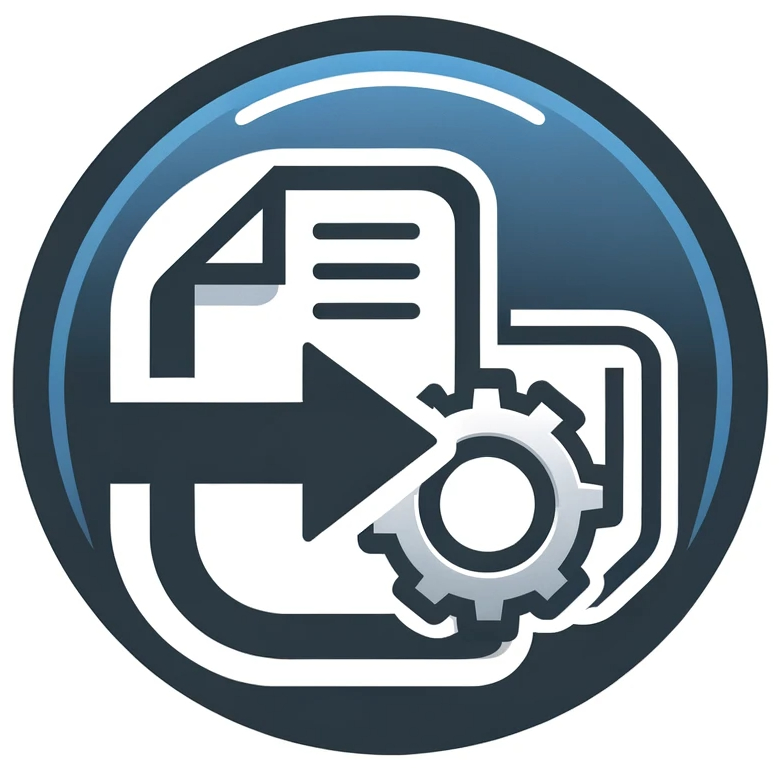Kexts run in kernel space to perform tasks that user apps cannot. The primary file macOS uses to boot kernel extensions is BootKernelExtensions.kc. You may see additional files with numbers after .kc.
To enable kexts on Apple silicon, enter One True Recovery mode. This requires an admin password to downgrade security. After authorizing kexts, the User-Approved Kernel Extension Loading flow installs them.
System and kernel extensions aim to make background tasks smooth. However, system extensions don’t run in the kernel like apps. So issues don’t threaten your Mac.
Advanced users may manually load or unload a kernel extension. Because kexts are critical MacOS components, this is only appropriate if needed.
Xcode allows combining tools like the kext, a daemon to configure it, an app to manage it, and an installer requiring specific installation actions.
The purpose of early boot phases is to load and run the kernel and kexts. Although not needed now, the kernel and kexts grew complex, including Mach, IOKit and Unix features.
To enable extensions on M1/M2 Macs, know they extend the kernel’s functionality, operating at a low level to interact with hardware or affect system processes.
To remove a kext, know they allow the kernel to interface with hardware like Windows drivers. If you have issues, you may need to remove it.
